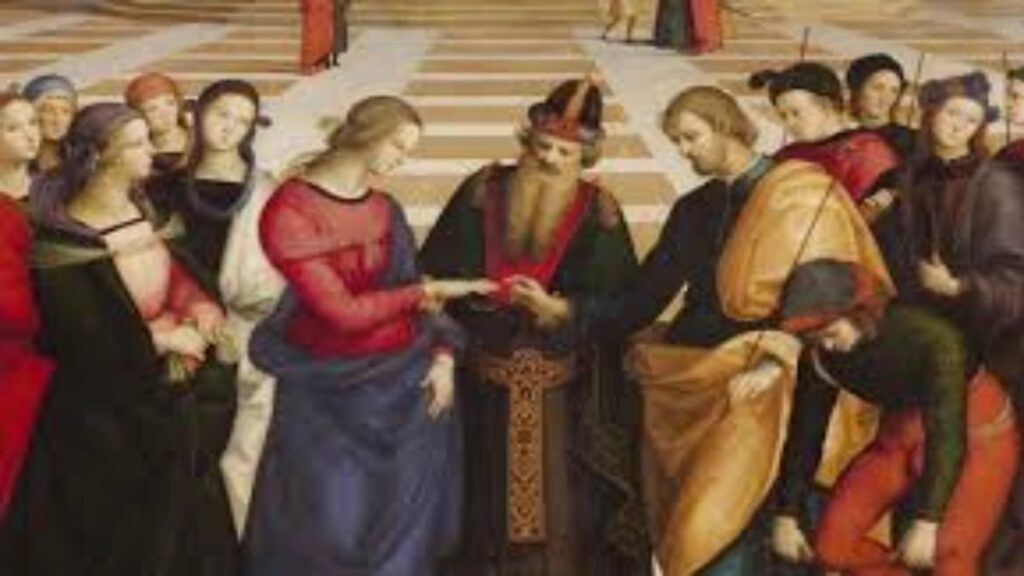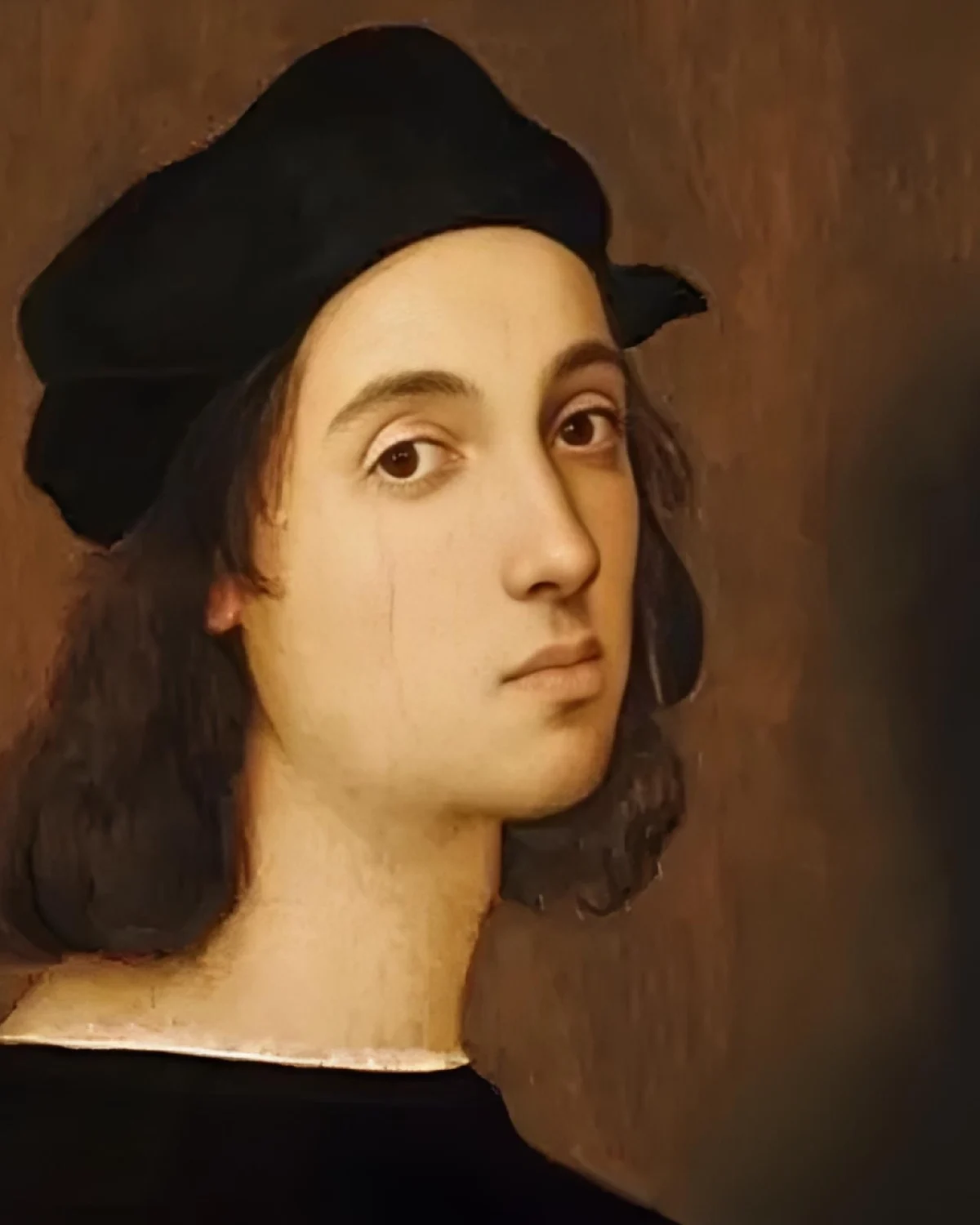Raphael was born on Good Friday in 1483 AD in a hill town called Urbino. Raphael began his first practice in painting with his father.
Father Gio Bhaani sent Raphael to Peru Gino, a famous artist, for higher education at sixteen. Within a short time, he had mastered the art of all the Guru’s works so perfectly that one could not tell the difference between the images of the Guru and the disciple or other works of art. Within a few days, his fame spread far and wide.
Early Life- Raphael

At twenty-one, he painted a famous painting called “The Marriage of Mary” in 1504 AD. Because of Raphael’s fame and skill, an artist friend called “Pinturiciho” took him to paint a room in a library. A few days later, the Pope commissioned him to paint some of the new rooms in the Vatican church. He also painted in many churches and palaces in Florence, Urbino, Siena, Milan, Vienna, Rome, etc. Leo X honored him with the Pope’s highest honor, the “Crown of Blood”, for his extraordinary drawing skills.
Raphael’s Mastery in Religious Art
The worship of Mary and Jesus was the main worship of the religious world at that time. For this reason, artists also tried to express their skills by painting Jesus and Mary. From this point of view, the fame of Raphael is dimmed. Nowhere else in Italy are the expressions of childish grace and tenderness revealed in his mother figures. Famous among these paintings are “Madonna della”, “Madonna of Sancisto” etc.
Renaissance of Italy
Raphael to complete a triangle-populated figure every week. He had an easy attraction to folk. It is for this reason that his compositional images feature crowd gatherings. The three great artists of the Renaissance period, Leonardo, Michael, and Raphael, began to paint with a scientific perspective. They practiced osteology, shading, and perspective, lending a glow like the midday sun to earlier Renaissance painting styles.
Raphael’s Legacy: Global Admiration
He used dissection to bring purity to human figures. His paintings show spontaneous references to Greek painting and sculpture. His paintings not only brought joy to his countrymen or communities, but his paintings earned respect and admiration from people worldwide. He painted hundreds of paintings commissioned by clergy, religious, rich, and businessmen for church walls, altars, ceilings houses, etc., and made a lot of money and earnings. The Vatican church painting served as Raphael’s advertisement or magazine, and the achievement accelerated his recognition and publicity. His matriarchal paintings, like the Hindu Thakur-god images, were deeply revered by his countrymen.
The Artist’s Final Farewell
At the age of 31, Raphael was appointed architect of St. Peter’s Basilica in Rome. In all these works he had to work inhumanly. Because of this, the artist’s health broke down and he suddenly got a fever. He realized that this sick bed was his last bed. He bequeathed his vast fortune before his death and painted an altar in this condition. The picture was unfinished—it was called Metamorphosis. Before his death, the artist asked friends present at the bedside to remove the curtain above the painting to see his unfinished transformation. He stares blankly at the painting as the curtain moves away – the great artist’s life slowly extinguished on Good Friday at the age of 37.

